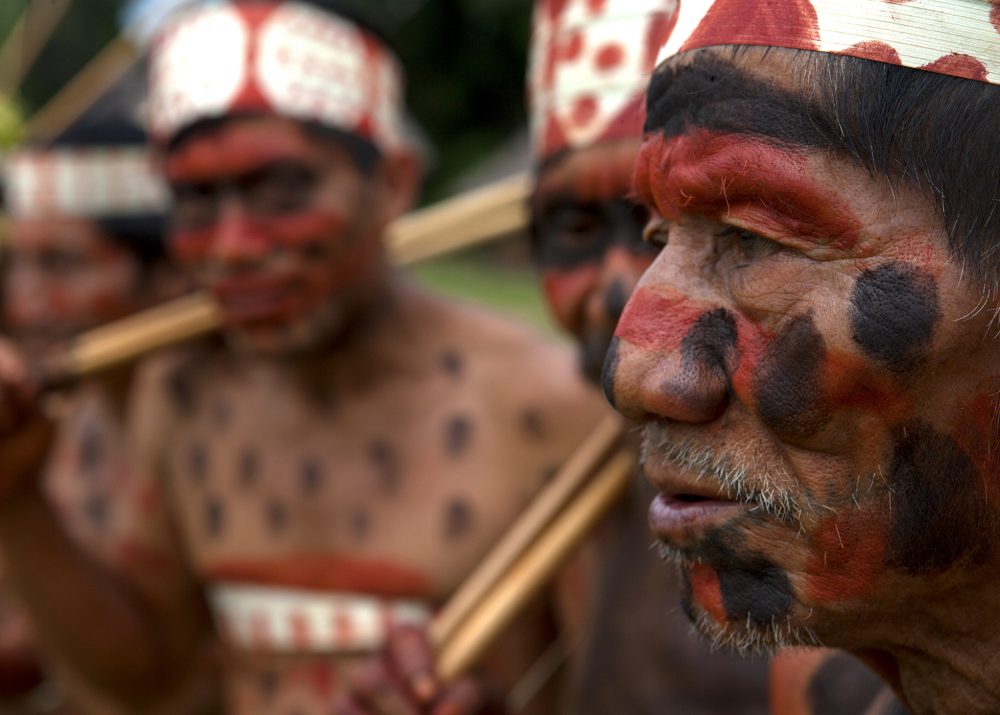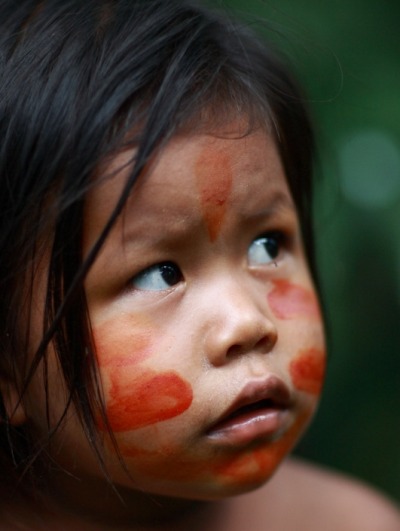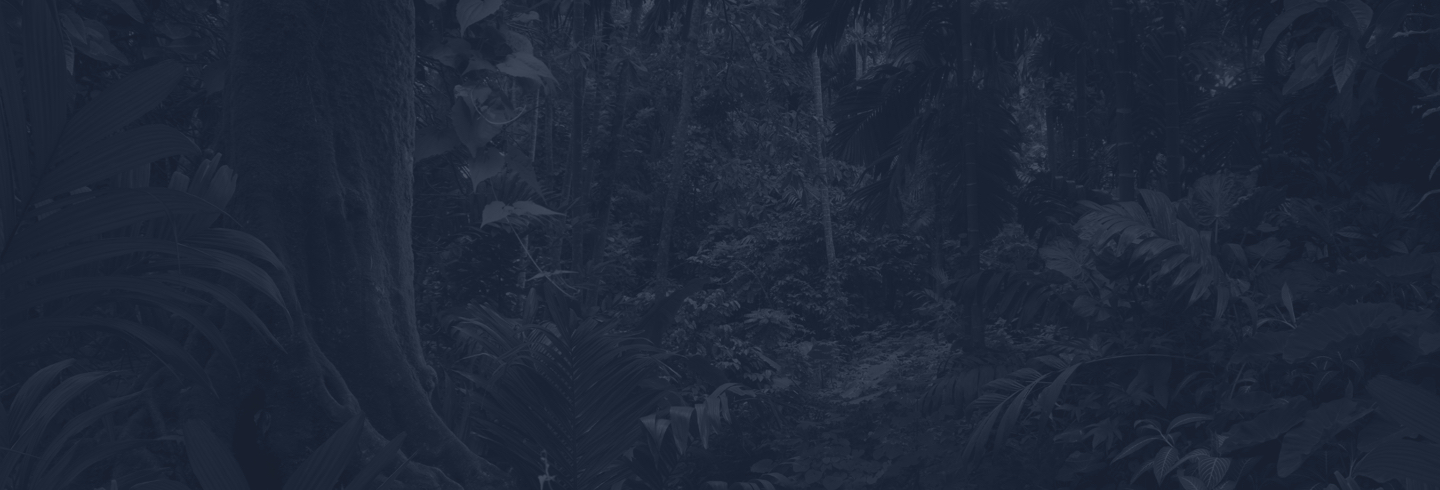Indigenous Peoples’ Day: Planning for the Future

by Madison Lemelin
Peru holds the second-largest share of the Amazon rainforest of any nation, with the forest spanning over half the country’s land area. Traditionally, this land has been occupied and protected by indigenous groups that depend on its natural resources. But unfortunately, many of these communities have historically lacked legal rights to their land. This leaves their homes and livelihoods vulnerable to threats of logging, mining and agricultural encroachment.
To protect communities and the forest ecosystem from these threats, Rainforest Trust has been working with our partner, Center for the Development of an Indigenous Amazon (CEDIA), for over 20 years to help 100 indigenous communities gain title over 2.5 million acres. But even after the titling process is complete, we must ensure they have the resources to sustainably maintain and protect their land for years to come.

After receiving the title, CEDIA helps communities develop “Life Plans” to support their livelihoods and long-term conservation. Life Plans are legally recognized 10-year plans, tailored to the specific needs of each community’s economy and environment. “The objective of a Life Plan responds to the five dimensions of community life: governance, health, education, natural resources, culture and economy,” said Dani Rivera, CEDIA Project Manager. “Life Plans essentially create a long-term vision for the future and outline the necessary actions to achieve community goals.”
Crafting a Life Plan begins with a voluntary process where community leaders gather to identify strategies for sustainable resource management. They preemptively evaluate challenges and establish goals and protocol. Local organizations like CEDIA provide on-going training and check-ins to ensure each participating community achieves their goals successfully.
In the past five years alone, Life Plans have empowered communities to create five local schools, as well as continued medical training and the provision of medical supplies for communities. Another notable success has been community-led implementation of natural resource management plans, including the development of new regional conservation areas with support of CEDIA.
Programs like these showcase indigenous communities as key partners in conservation. Through our ongoing work with CEDIA, Rainforest Trust will continue to help to protect their land and local wildlife in the world’s largest rainforest, creating an impact that will usher in a sustainable future.

Sign up to receive the latest updates
"*" indicates required fields

